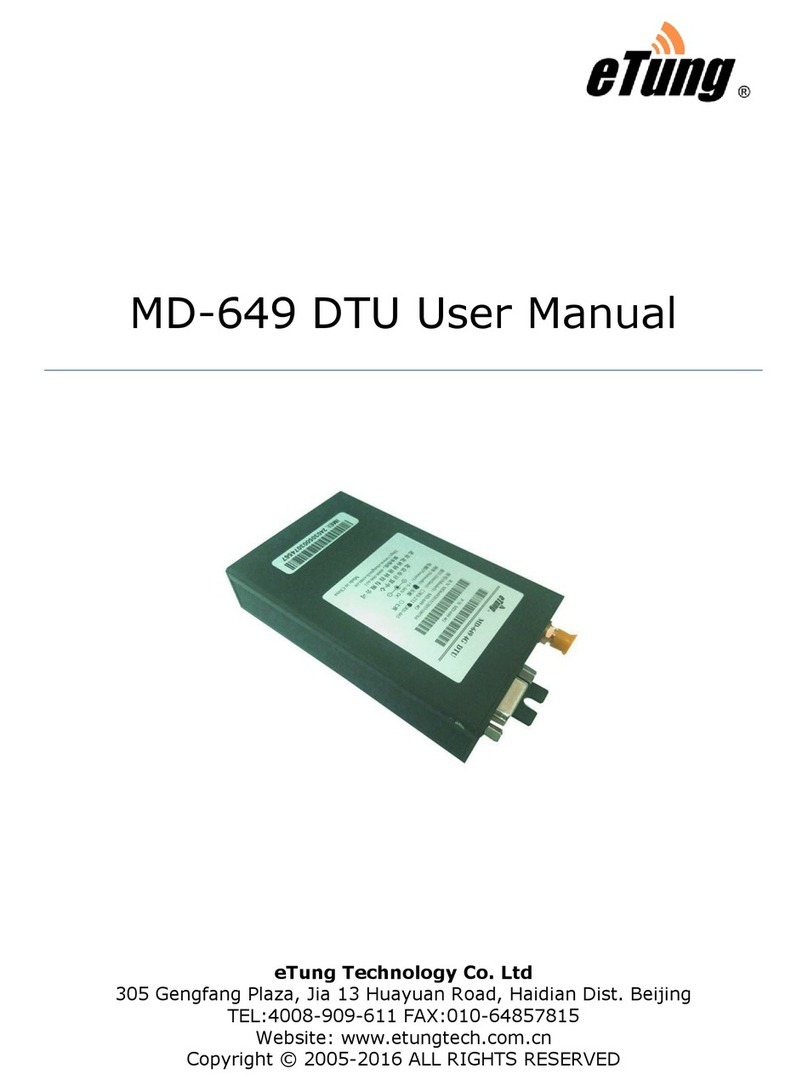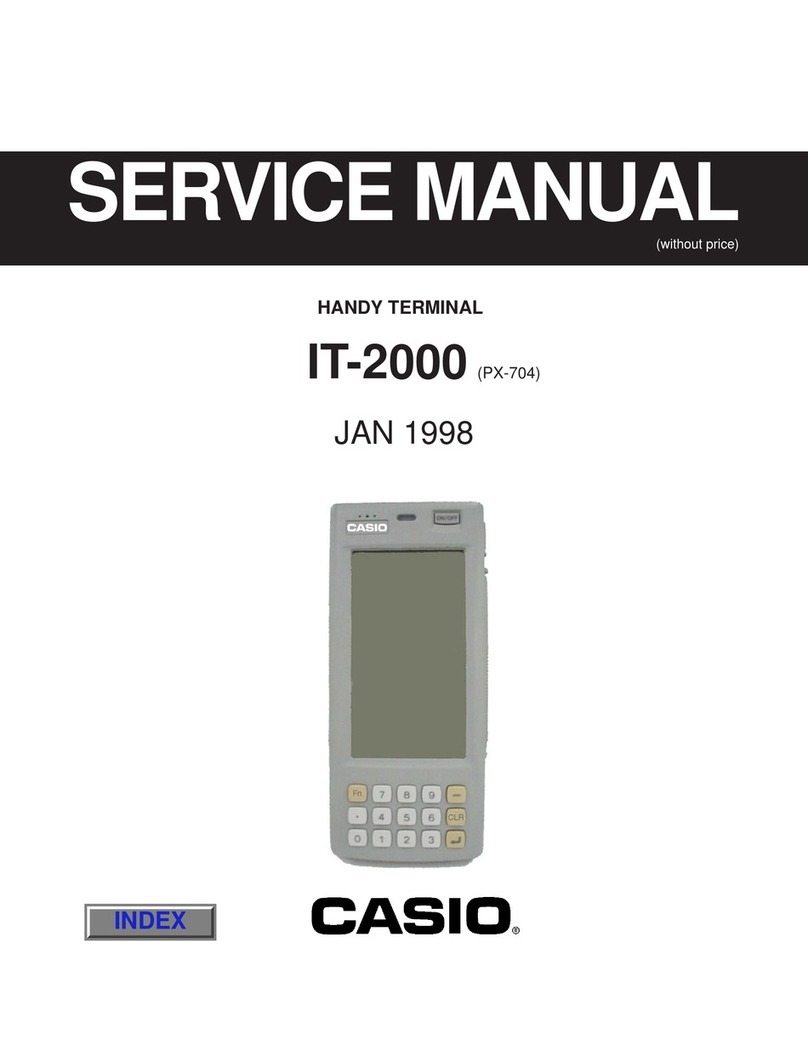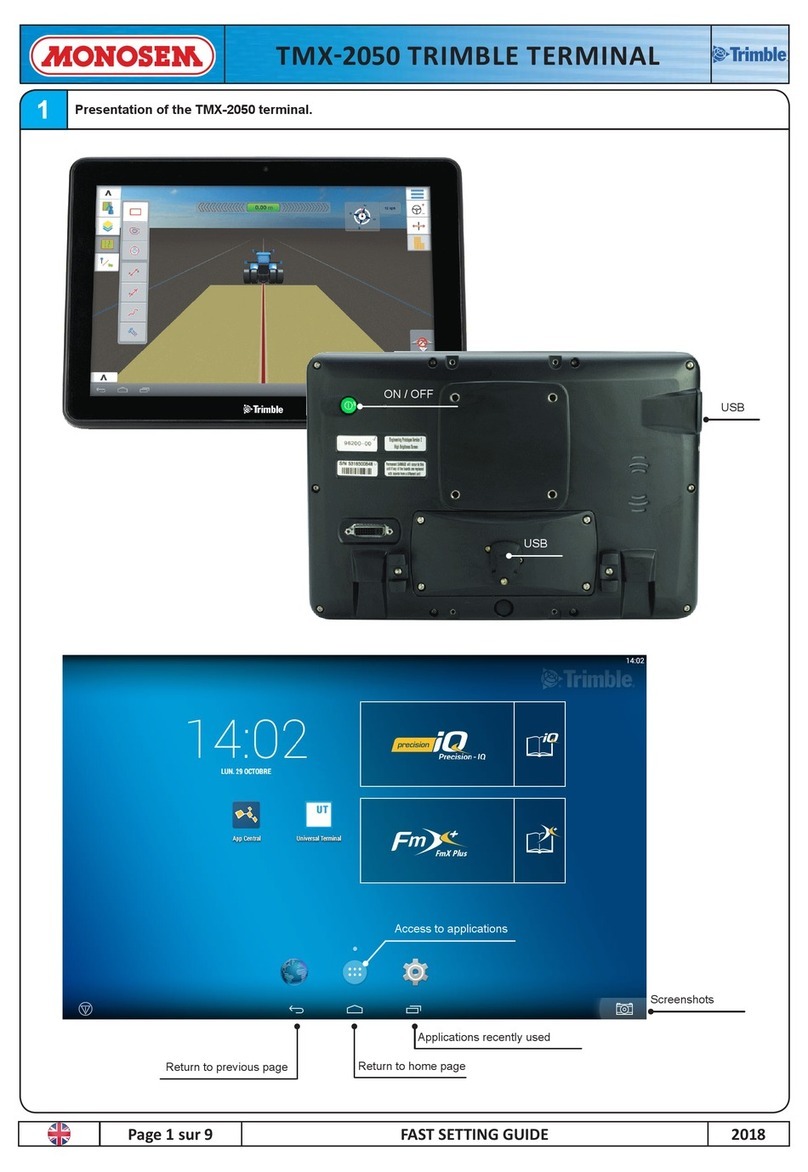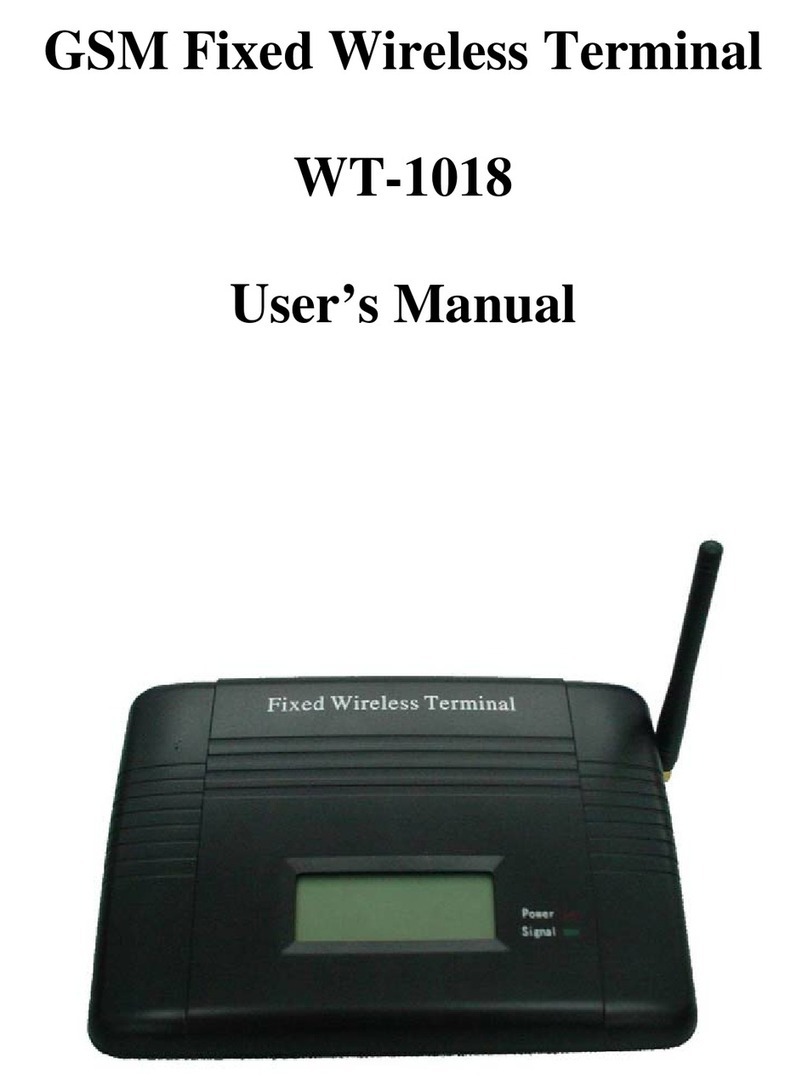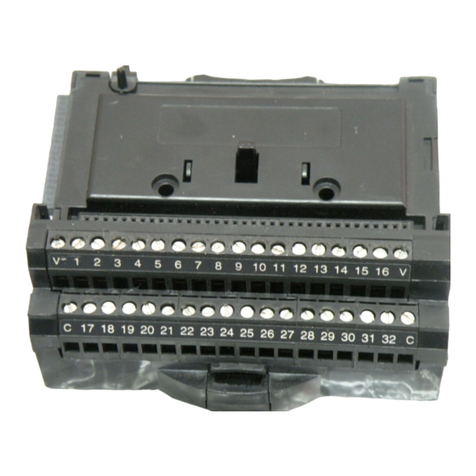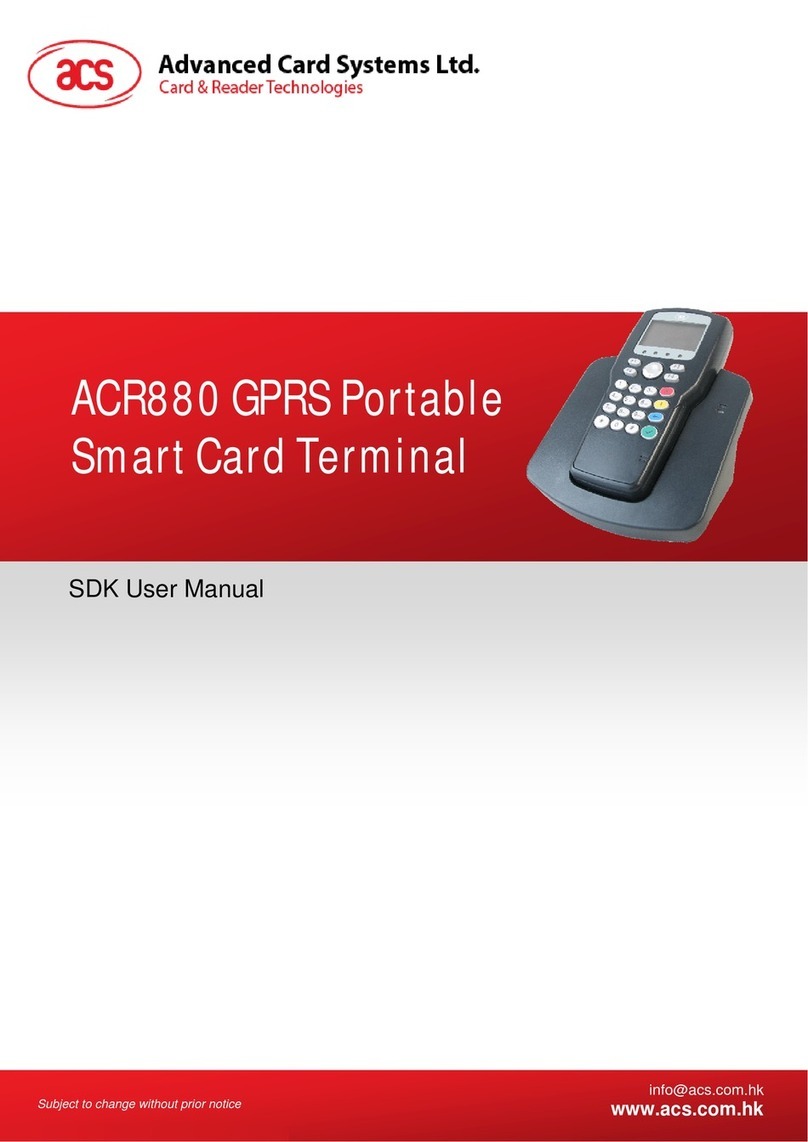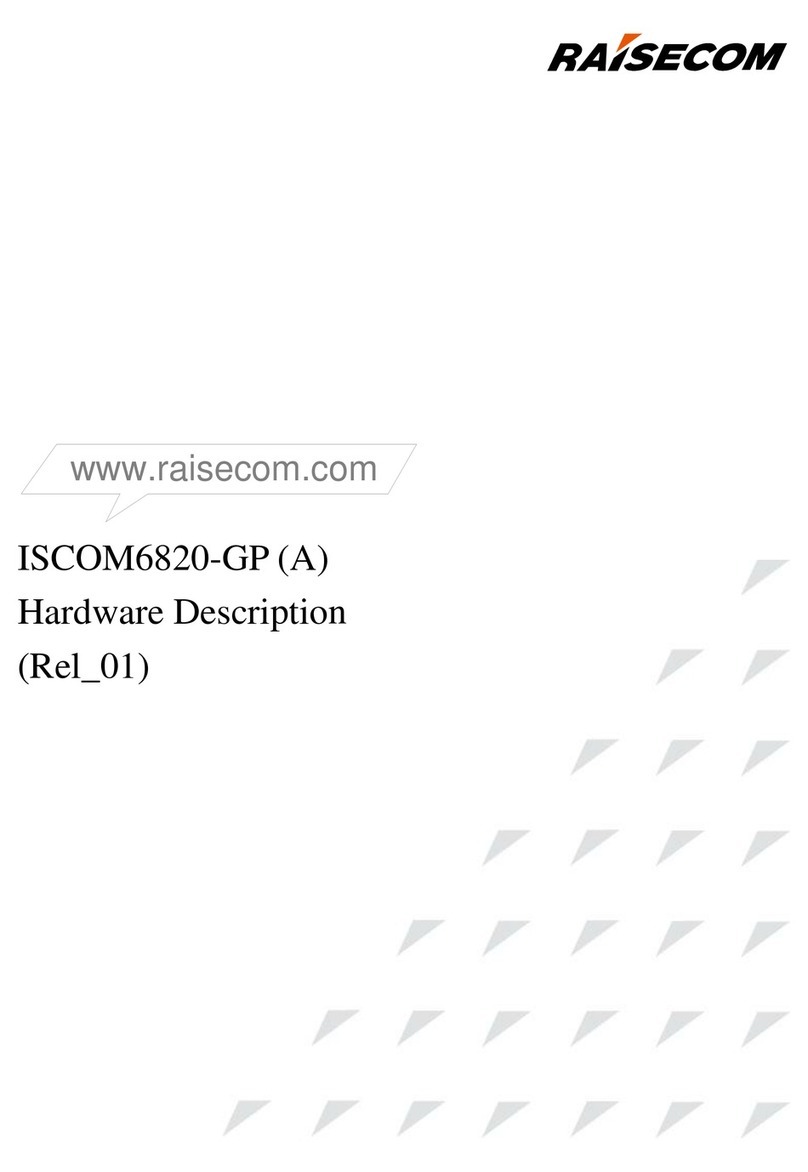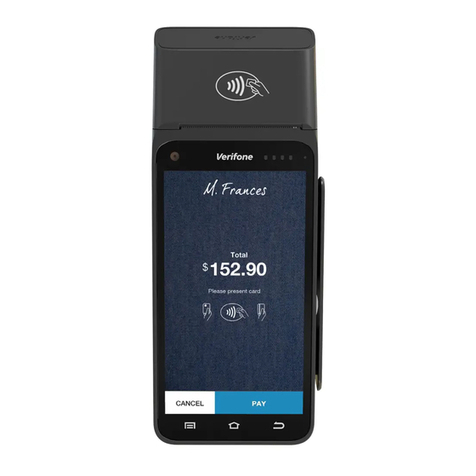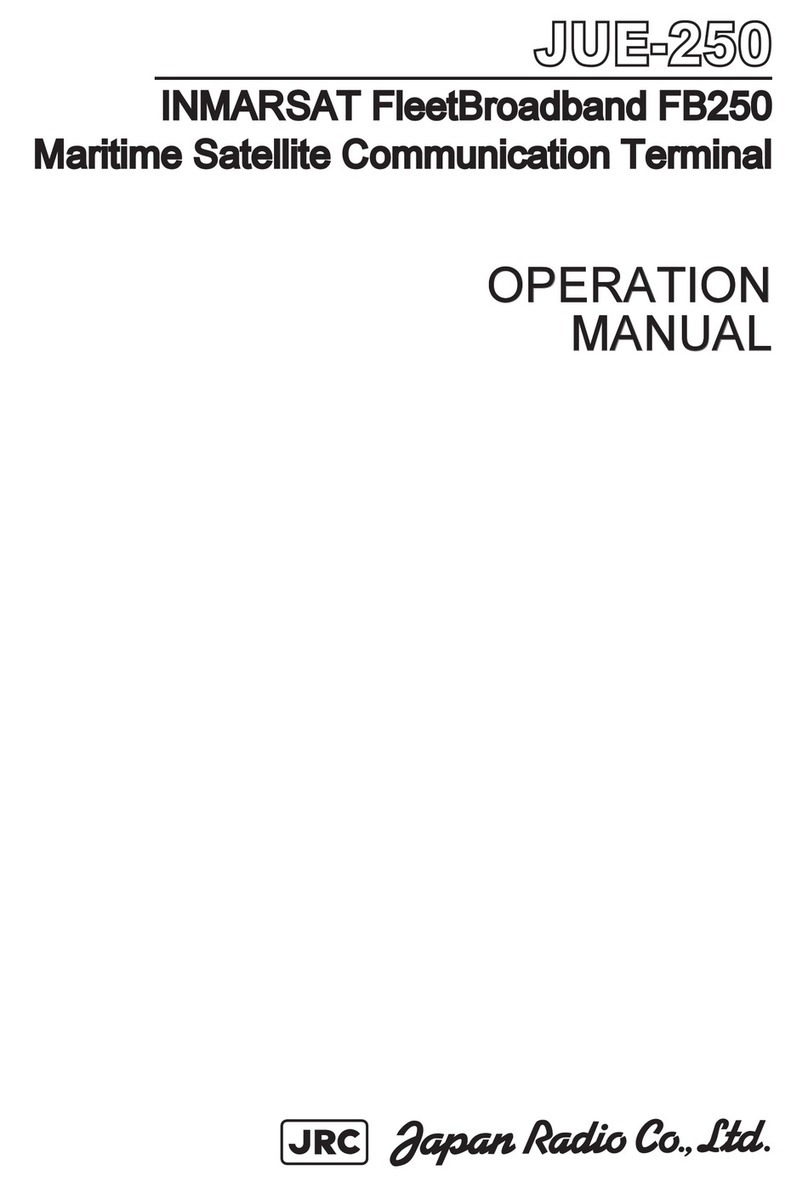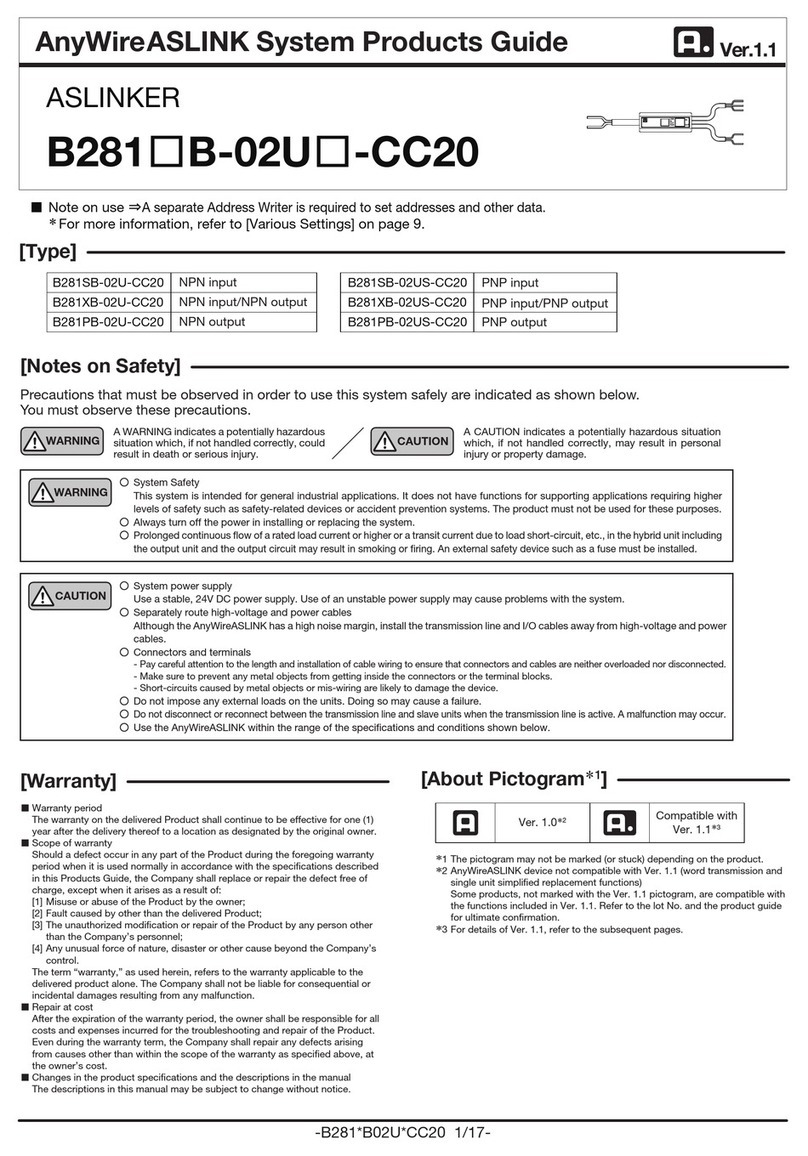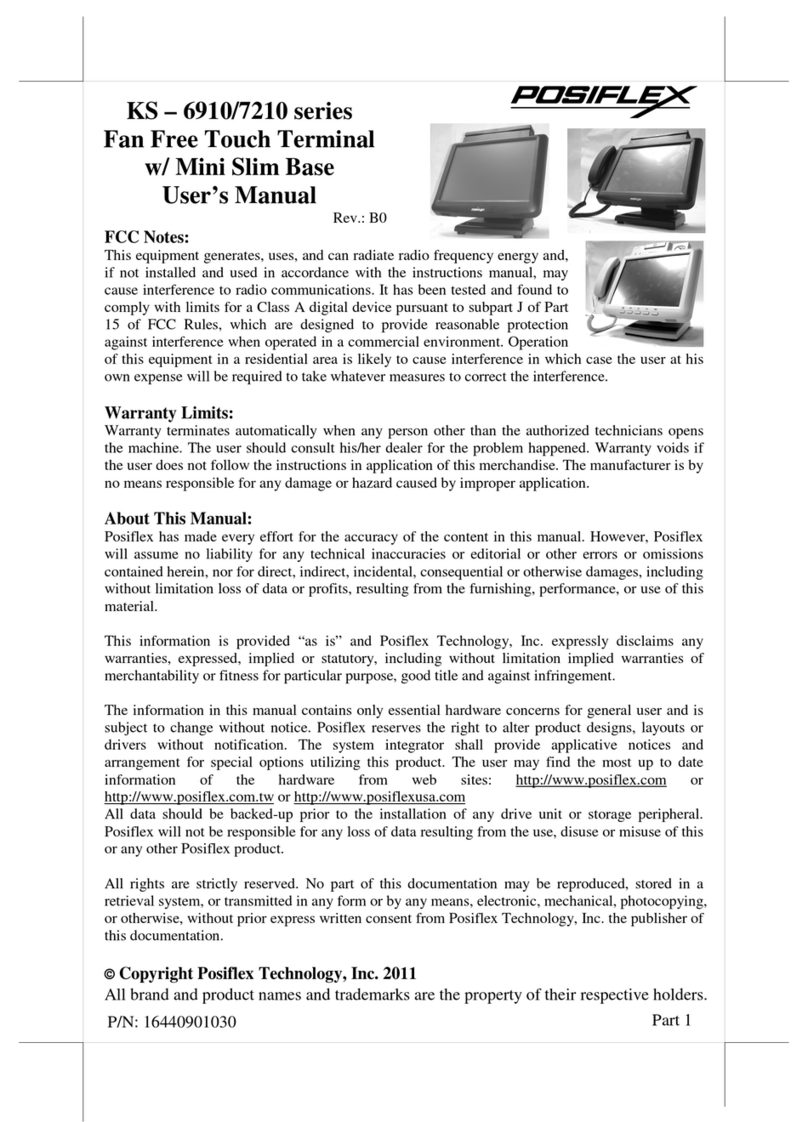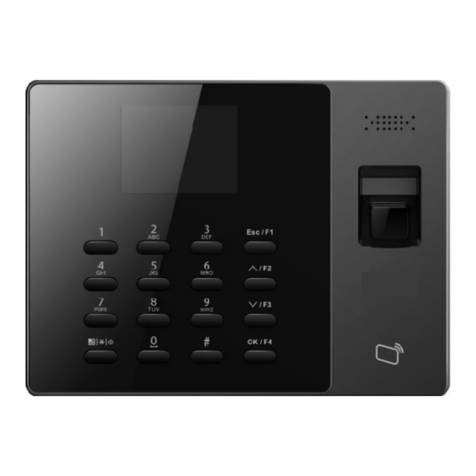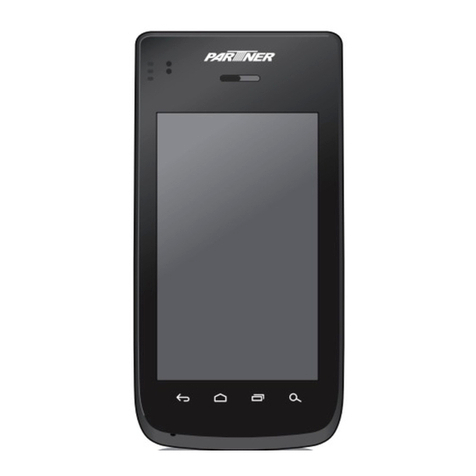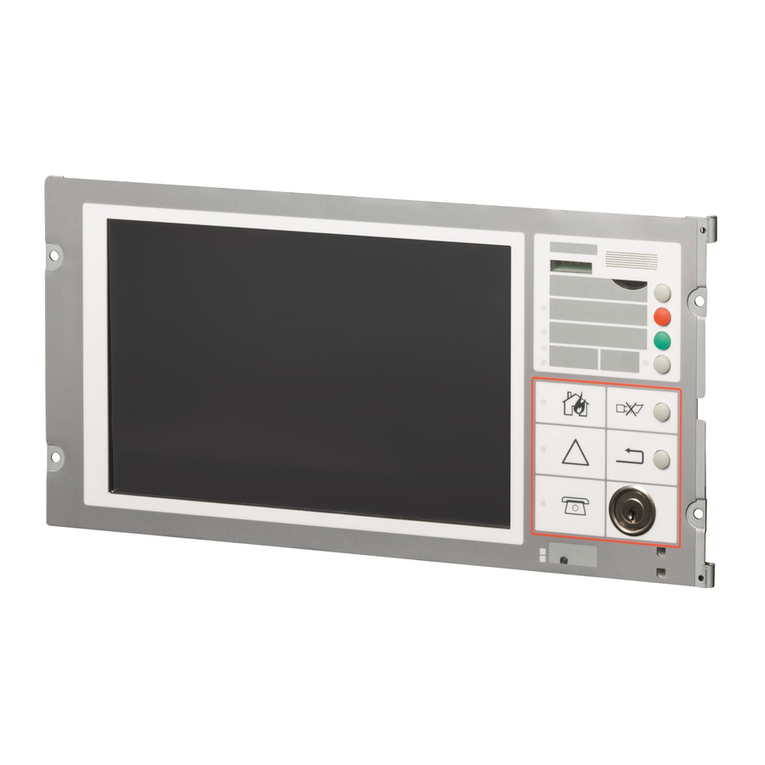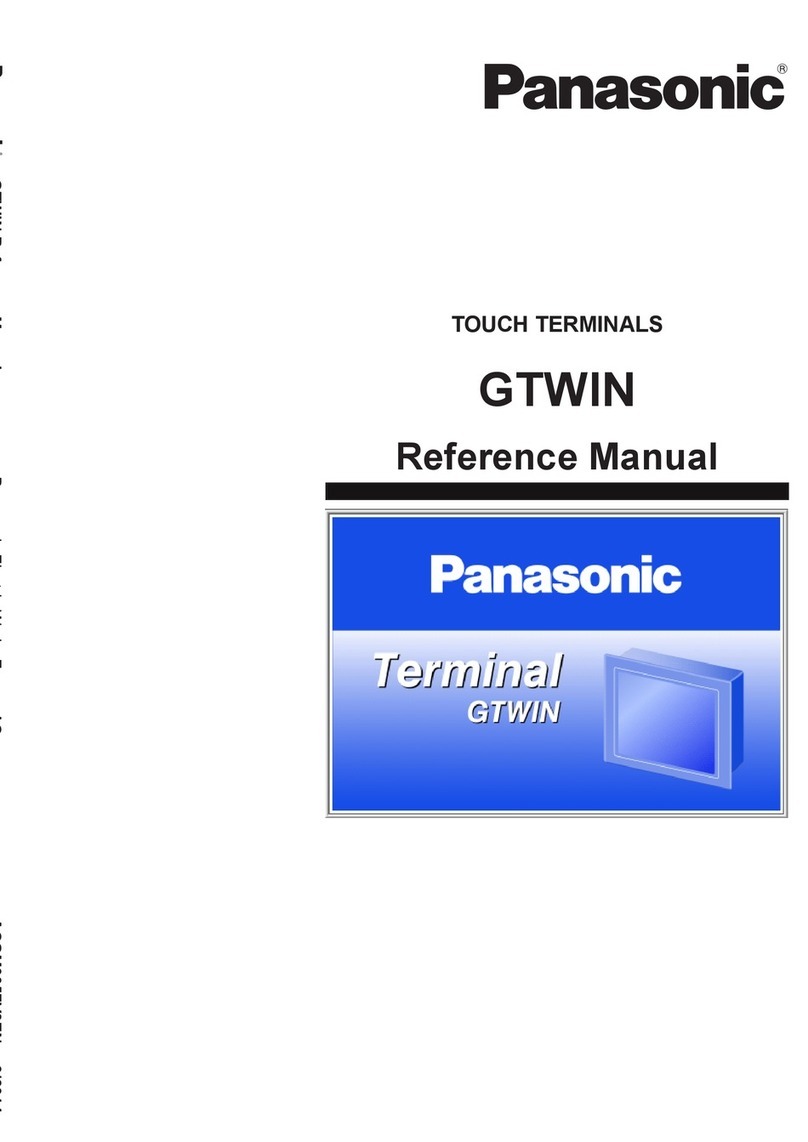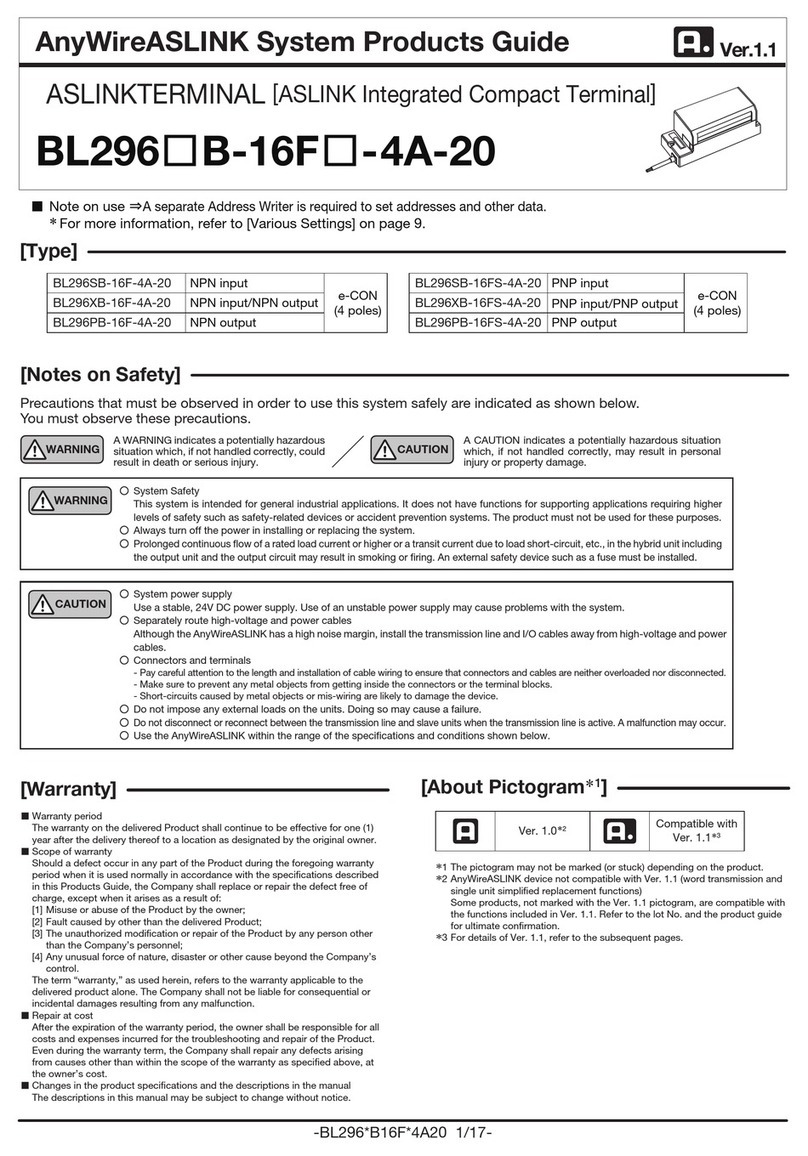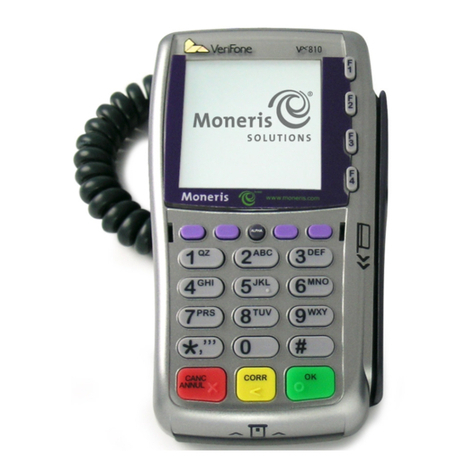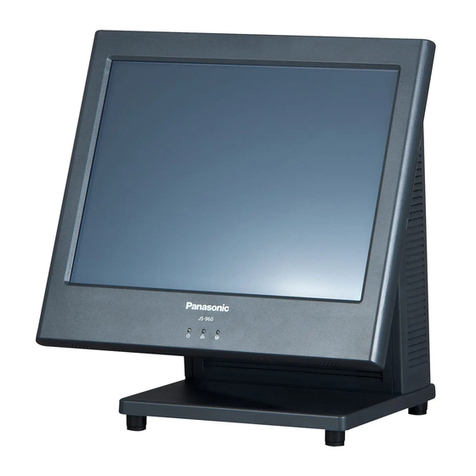eTung MD-620 DTU User manual

MD-620 DTU User Manual
eTung Technology Co. Ltd
2nd Floor Building 3, Beike Industrial Park, No.7 Feng Xian Mid Road,
Haidian Dist. Beijing
TEL:4008-909-611 FAX:010-64857815
Website: www.etungtech.com.cn
Copyright © 2005-2018 ALL RIGHTS RESERVED

MD-620 User Manual
2
Table of Contents
1. Product Introduction .......................................................................................................3
1.1 Brief Introduction .........................................................................................................3
1.2 Product Outlook ............................................................................................................4
1.3 Standard Accessories..................................................................................................5
1.4 Dimension........................................................................................................................7
1.5 Working Mechanism ....................................................................................................7
1.6 Specifications .................................................................................................................9
1.6.1 Technical Parameters......................................................................................9
1.6.2 Indicator Light Description..........................................................................11
1.6.3 Terminal Interface Definition .....................................................................12
1.7 Technical Advantages ...............................................................................................12
1.8 Typical Usecases.........................................................................................................13
2. Device Configurations...................................................................................................15
2.1 Configurations..............................................................................................................15
2.1.1 Preparation........................................................................................................15
2.1.2 Configuring MD-620 ......................................................................................15
2.2 Configuration Parameters .......................................................................................22
2.3 Restore to Default ......................................................................................................26
2.4 Firmware Update ........................................................................................................26
2.5 Remote Configurations.............................................................................................28
Appendix 1: Usecase of Point to Data Center Testing......................................................35
Appendix 2: Usecase of Vircom Testing with eYun platform .........................................40
Appendix 3: Building Data Center ...........................................................................................45
Appendix 4: Data Format of GPS Packets.............................................................................48
Appendix 5: DTU’s AT Commands at Serial Port................................................................50
Appendix 6: DTU SMS Mode and SMS Data Format.........................................................54
Appendix 7: eTung RTU MODBUS Protocol Overview.......................................................56

MD-620 User Manual
3
1. Product Introduction
This chapter mainly introduces the outlook, accessories, specifications and
mechanism of MD-620.
1. Brief Introduction
2. Product Outlook
3. Accessories
4. Dimension
5. Working Mechanism
6. Specifications
7. Technical Advantages
8. Typical Usecases
1.1 Brief Introduction
MD-620 is a 4G DTU produced by eTung, with positioning functionality
and industry level. It integrates industrial BDS/GPS dual-module
positioning module and 4G module. The 4G module supports all
2G/3G/4G network modes from China Mobile, China Telecom, and
China Telecom. The BDS/GPS dual-module positioning module
supports dual-system corporate positioning function, and its
outstanding positioning function especially fits vehicle positioning and
meteorological sounding fields.
MD-620 has flexible terminal interface. The terminal interface
supports RS232 and RS485 serial ports at the same time, and
supports power and DI/DO. MD-620 has MODBUS RTU functionality,
and supports one DI and one DO, and can be used to control switches
remotely or to alarm remotely.
MD-620 can connect quickly with devices such as PLC, IPC, appliances
and RTU, and transfer data via GPRS network from the device that
connects with MD-620 to a host on the internet, thus implements
remote and transparent data transfer. At the same time, it can report
GPS information for the place where the remote device is to the host
and implements positioning devices.

MD-620 User Manual
4
MD-620 has positioning and 4G data communication/processing
functionalities. It’s small, durable, and stable; it’s easily installed. It
can be widely used in industries such as construction and
transportation. It is especially useful for tower crane monitoring and
heavy machinery management, and can also be used in areas such as
taxi operation management, transport vehicle management, special
vehicle management, and vehicle lease management.
1.2 Product Outlook
Figure 1-1: MD-620 side view 1

MD-620 User Manual
5
Figure 1-2: MD-620 side view 2
1.3 Standard Accessories
Figure 1-3: 4G sucking antenna

MD-620 User Manual
6
Figure 1-4: GPS antenna
Figure 1-5: Power supply

MD-620 User Manual
7
1.4 Dimension
Figure 1-6: MD-620 dimension
1.5 Working Mechanism

MD-620 User Manual
8
Figure 1-7: MD-620 working mechanism
After configuring IP address (or domain name) and port of the data
center in MD-620, it dials in 4G wireless network to access the internet;
then it establishes connection to the preconfigured IP address and
port(i.e. mServer's listening port). On the other hand, the user
software system connects to the mServer via virtual serial port, thus
implements the wireless and bi-directional data communication
between user device and user software system.
MD-620 has RS232 and RS485 serial ports, and the two serial ports
can be used at the same time. At the same time MD-620 has MODBUS
RTU functionality and can be MODBUS slave. And MD-620 embeds
BDS/GPS dual-module positioning model, and can get positioning
information via satellites. So, there will be four data channels between
MD-620 and data center, that are used to transmit RS232 serial port,
RS485 serial port, MODBUS RTU and GPS data, respectively. The four
channels are not required to use at the same time, and each channel
can be set to enable or disable, according to project’requirements. At
data center, each channel has a virtual IMEI derived from MD-620’s
IMEI. For example, MD-620’s IMEI is 240305001234567, then the
four channels’virtual IMEIs are:
RS232: 240305001234567
RS485: 240350011234567
GPS: 240305021234567
MODBUS: 240305031234567
Then after MD-620 connects to data center, there will be at most four
virtual online terminals at data center that are associated with the
MD-620, each terminal matches one data channel, and the IMEIs are

MD-620 User Manual
9
defined as shown above.
As a DTU, MD-620 connects to user’s serial device via its serial line
terminal. After MD-620 connects to mServer, user’s serial data acquisition
software connects to mServer via i.e. virtual serial port, and maps to the
terminal corresponding to RS232 channel (or RS485 channel). This way
implements the wireless and bi-directional data transmission between
user’s serial device and serial data acquisition software.
As a RTU, MD-620 supports MODBUS serial link protocol. MODBUS is a
master/slave protocol: the master station sends requests to the slave
station, and processes responses from the slave station; the slave station
receives requests from the master station, process the requests and send
responses to the master station. MD-620 RTU acts as the MODBUS slave
station, and software supporting MODBUS protocol acts as master station
and connects to mServer through DCC interface or virtual serial port, and
maps to the terminal corresponding to the MODBUS channel; thus the
software can send MODBUS data requests that meets with eTung’s RTU
MODBUS protocol, MD-620 RTU receives requests and returns MODBUS
responses. This way MODBUS master can monitor and control the status
of devices that connect to MD-620 RTU as MODBUS slave.
At the same time, according to user’s configuration, after MD-620
successfully connects to mServer, it can proactively upload GPS
information, or reactively response to GPS information query. GPS
data query software connects with mServer via interfaces such as DCC
or virtual serial port, and maps to the terminal corresponding to GPS
channel. Then the software can receive positioning information from
MD-620 via GPS channel; and the software can also request
positioning information by sending GPS query command via GPS
channel.
1.6 Specifications
1.6.1 Technical Parameters
Basic Parameters
Power Supply: +5 ~ +36V wide range of voltage input, with
terminal interface
Data interface: RS232 and RS485, 3.81mm terminal interface
Network:
2G: GSM/GPRS/EDGE/CDMA2000 1x

MD-620 User Manual
10
3G: UMTS/WCDMA/HDSPA/HSPA+/TD-SCDMA/
CDMA2000 EVDO
4G: TDD-LTE/FDD-LTE
Frequency:
TDD-LTE B38/B39/B40/B41
FDD-LTE B1/B2/B3/B4/B5/B8/B17/B20
UMTS/HSDPA/HSPA+ B1//B2/B5/B8
TD-SCDMA B34/B39
CDMA2000 1x/EVDO BC0
GSM/GPRS/EDGE 900/1800 MHz
Working current: 170mA@+12V DC
Standby current: 100mA@+12V DC
BDS/GPS module: anti-interference GNSS navigation and
position module
BDS/GPS module frequency: BDS B1, GPS L1
BDS/GPS position precision: 2.5m CEP (BDS/GPS dual system),
2.0m CEP (SBAS)
RTU DI: optocoupler input
RTU DO: drive capability 3A/250V AC, 3A/30V DC
Temperature: -40ºC ~ +85ºC
Humidity: 95%@+40ºC
Dimensions: 103x64x24mm (excluding antenna and handle)
Communication
Adjustable baud rate on data interface
Support standard TCP/IP protocol with both TCP and UDP
Adjustable heart-beat interval and time-out value
Support always online
Support SMS and ringing tone wakeup(wakeup online)
Support Address-IMEI Mapping to save wireless bandwidth
Adjustable GPS data report time interval
Support AT command to query GPS data
Stability
Host CPU: 32-bit ARM processor
Built-in soft/hard watch dog
Built-in TCP/IP protocol stack

MD-620 User Manual
11
Data Center
Support domain name
Compatible with various data center software
Configuration
Configurable via serial port
Configurable via hyper terminal with menus
1.6.2 Indicator Light Description
Figure 1-8: MD-620 indicator light
LED Indicator
Light
Color
Status
Description
Online
Green
Always light
Connected to data center
Extinguished
No connection to data center
Flash quickly
Connecting to data center
Flash slowly
Dialing
Transmit
Red
Flash
Transferring data/Standby
Turn off
No data transfer
GPS
Green
Always light
Has latitude and longitude data
Flash quickly
Found satellite signal, but has
no latitude and longitude data
Flash slowly
No satellite signal
Power
Red
Always light
Device is working
Extinguished
Device is not working
Table 1-1 MD-620 indicator light description
GPS light
Power light
Transmit light
Online light

MD-620 User Manual
12
1.6.3 Terminal Interface Definition
Pin
1
2
3
4
5
6
7
8
9
10
11
Definition
I-
I+
O-
O+
TXD
RXD
GND
B-
A+
GND
PWR
Description
Switch
Input
Relay
Output
Transit
Data
(RS232)
Receive
Data
(RS232)
Serial
GND
B
(RS485)
A
(RS485)
GND
Power
Table 1-2: MD-620 serial port pin definition
1.7 Technical Advantages
eTung’s MD-620 supports 4G wireless data transmission and
GPS/BDS dual-module positioning as well. The integration and
cooperation of both functions, is good news for industries such as
tower crane monitoring, vehicle management, and taxi renting that
need data transmission and precise positioning at the same time.
This product is advanced in hardware industrialization, built-in
design, and usage flexibility. Its technical advantages are easy to
see:
Fully supports China Mobile, China Unicom and China Telecom’s
2G/3G/4G networks;
Embed BDS/GPS dual-module positioning model, support
dual-system corporate positioning function;
Support MODBUS RTU, with one DI and one DO;
Flexible terminal interfaces support RS232 and RS485 serial
port, power supply and DI/DO terminals;
RS232 and RS485 can be used at the same time;
Support connection with mServer, as eTung’s other DTUs;
Support point-to-point and multipoint-to-point communication
with 4G wireless network at both ends
Support sending SMS
Support 4G and SMS as backup
Support modifying DTU configurations via SMS
Support modifying DTU configurations remotely at server side
Support querying SIM card number remotely, checking SIM
card balance and traffic within DTU
Support device remote re-boot

MD-620 User Manual
13
Support APN name auto-adaption
Support eYun platform, server building not needed and
plug-and-play
Support chuankoutong and virtual serial port, programming not
needed
Support proactively uploading GPS information, and the upload
time interval configurable
Support AT command to query GPS information.
1.8 Typical Usecases
Figure 1-9: MD-620 multiple points to data center

MD-620 User Manual
14
Figure 1-10: MD-620 implements point to point with embedded data center
(serial to serial port)

MD-620 User Manual
15
2. Device Configurations
This chapter introduces how to use MD-620 and related parameters.
1. Configurations
2. Parameters
3. Restore to default
4. Firmware Update
5. Remote Configurations
2.1 Configurations
2.1.1 Preparation
9-hole to wires serial adapter;
Power line;
Power Adapter
4G Antenna
one SIM card, either from China Mobile or China Unicom, that
applies GPRS and can access internet directly via NET
2.1.2 Configuring MD-620
Use the 9-hole to wires serial adapter and power line to connect
with MD-620’s connection terminal. Normally the 9-hole to wires
serial adapter has three wires with color green, white and black,
and power line has two wires with color red and black. The cable
sequence is as follows:
Serial
adapter/Power line
Color
MD-620
Connection
Terminal
9-hole to wires
Green
RXD/B

MD-620 User Manual
16
serial adapter
White
TXD/A
Black
GND
Power line
Red
PWR
Black
GND
Table 2-1:MD-620 connection terminal line sequence
Find and run MD-620 configuration program DTUcfg.exe either
from the product CD or from eTung website
(http://www.etungtech.com);
Click the "Settings" button on the upper side of the interface, and
in the pop-up "Settings" dialog box, choose the serial port used
to configure MD-620, and then click OK:
Figure 2-1: Setting serial port
Click "Start configuration" based on the prompt, and power on
MD-620 quickly within 30 seconds; when the information about
MD-620 model appears, press Enter, then the first item of the
configuration menu appears: "1) Data center domain or IP ()",
then input domain of the data center: eyun.etungtech.com (or
press Enter to use the default value in the bracket. The default
value is eTung server domain; please input your own domain or
IP address if you have built your own server).

MD-620 User Manual
17
Press Enter, then the second configuration item appears:
"Data center port (8080)", input mServer's listening port "8080"
(or press Enter directly to use the default value in the bracket.
This port is the public port of eTung server, input your own port
if you have built your own server or leased a dedicated port).
Figure 2-2: Setting domain (or IP) and port of data center
If eTung chuankoutong eYun version is used, configure the
applied username in MD-620. If you have built your own server,
or you do not use eTung chuankoutong eYun version, you do not
need to configure this item.

MD-620 User Manual
18
Figure 2-3: Configuring username
Click Enter repeatedly until item 12: “Enable RS232[Y/N]”.
MD-620 has RS232 and RS485 serial port, and has GPS
positioning functionality and MODBUS RTU functionality. These
four functionalities can configured to use separately. For
example, choose RS485 serial port and GPS positioning
functionality, just enable RS485 and GPS as shown below:
Figure 2-4: Choose interface and functionalities

MD-620 User Manual
19
Then configure self-defined register packet. The self-defined
register packet need to configure when MD-620 does not connect
with mServer. If MD-620 connects with mServer, then it is not
required to configure self-defined register packet.
Figure 2-5: Configure self-defined register packet
If RS232 is enabled, configure RS232 serial port parameters
accordingly, including: baud rate, parity, data bits and stop bits.
The values should be the same as the device that MD-620
connects with.

MD-620 User Manual
20
Figure 2-6: Configure RS232 serial parameters
If RS485 is enabled, configure RS485 serial port parameters
accordingly, including: baud rate, parity, data bits and stop bits.
The values should be the same as the device that MD-620
connects with.
Figure 2-7: Configure RS485 serial parameters
Click Enter repeatedly until item 29: “GPS Report Interval”, the
default value is “60”, i.e. GPS information will be uploaded to
server every 60 seconds. If you change it to 2, that means GPS
information will be uploaded every 2 seconds; and change it to 0
means GPS information will not be proactively uploaded to
server .
Table of contents
Other eTung Touch Terminal manuals
